History of Mercedes-Benz
Mercedes-Benz, the world's oldest car manufacturer, traces its origins to the groundbreaking innovations of Carl Benz and Gottlieb Daimler in 1886. Working independently, Benz created the first automobile with a three-wheeled vehicle powered by a gas engine, while Daimler and Wilhelm Maybach introduced the first four-wheeled motorized carriage. These inventions revolutionized mobility, paving the way for modern transportation. A significant milestone occurred in 1888 when Bertha Benz demonstrated the practicality of the automobile through a celebrated long-distance journey. Over nearly 140 years, the company evolved from small start-ups into the globally renowned Mercedes-Benz Group AG, marking its journey with countless innovations and contributions to automotive history.
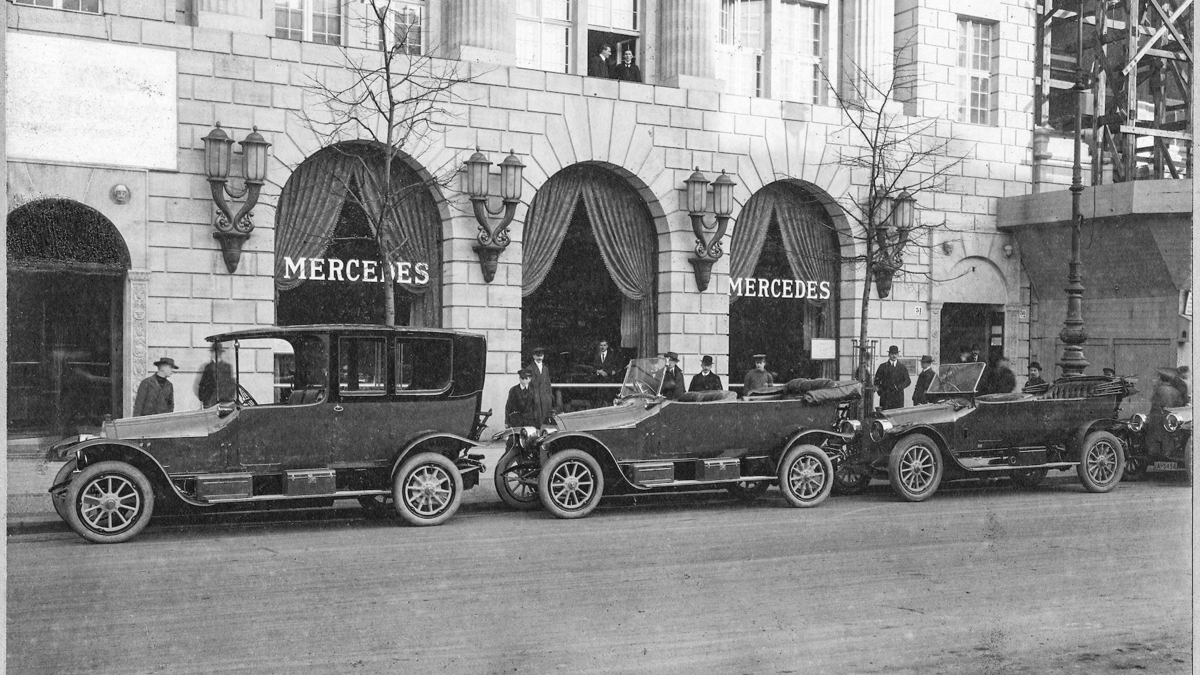
The 1890s saw rapid advancements in automobile production and motorsport. Benz & Cie. became the leading car manufacturer, introducing the world's first mass-produced car, the Benz Velo, in 1894. Daimler-Motoren-Gesellschaft (DMG) also expanded internationally, establishing itself as a pioneer in the industry.
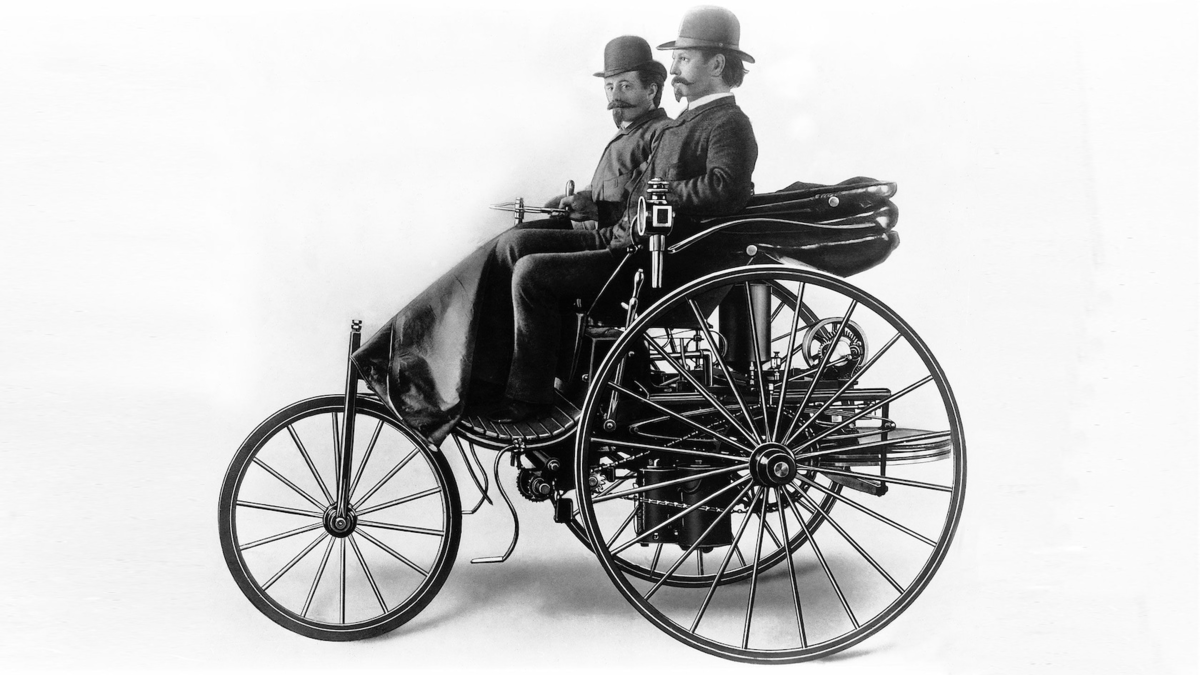
The era marked the birth of motorsport with the 1894 Paris to Rouen endurance race, showcasing the efficiency and reliability of Daimler-powered vehicles. These races solidified the automobile's reputation and catalyzed the development of passenger cars, buses, and trucks. Through a blend of technical innovation and bold vision, Mercedes-Benz not only shaped the evolution of transportation but also played a pivotal role in motorsport history.
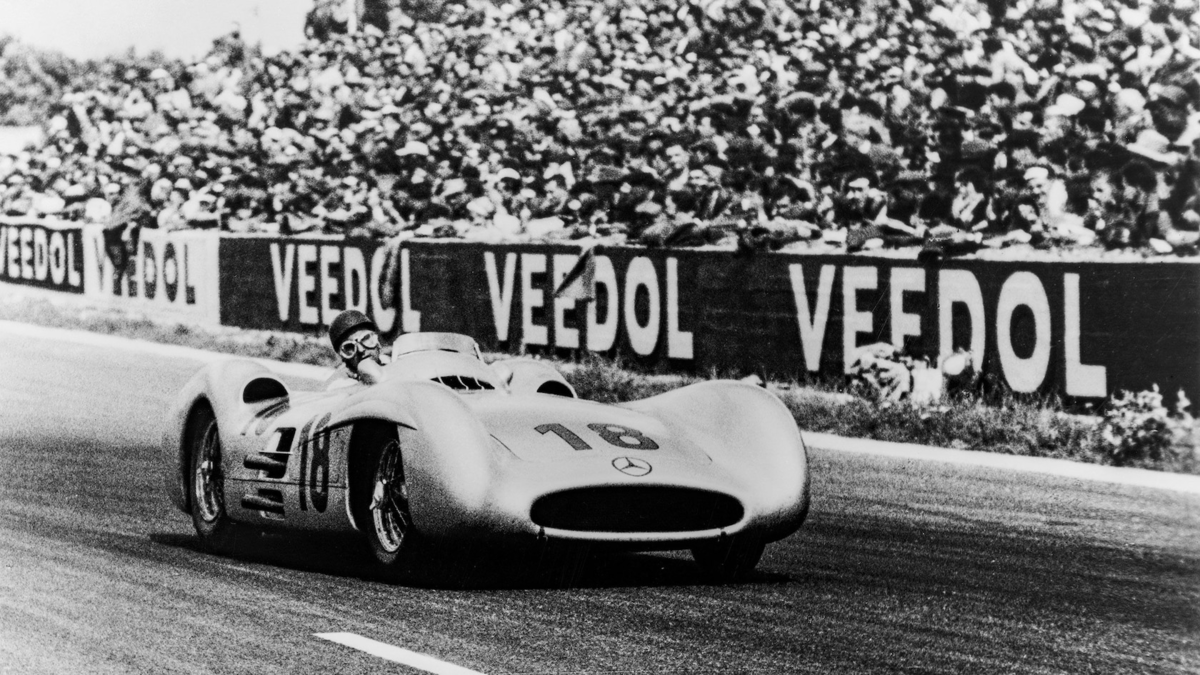
A Move Towards the Future

In the 1970s, Mercedes-Benz introduced several innovations and iconic models that solidified its reputation for engineering excellence. The S-Class name was officially adopted in 1972, signifying the brand's pinnacle of automotive technology and luxury. This decade also saw the birth of the G-Class off-road vehicle and the introduction of the 123 model series, which included the brand’s first estate car. Mercedes-Benz expanded its technological boundaries with experimental vehicles like the C 111-II and safety advancements, such as the ABS anti-lock braking system in 1978. Simultaneously, the company embraced workplace innovation with partial automation and the introduction of employee shares and flexitime.
The 1980s marked the rise of the "Baby Benz," with the compact 190 series carving a niche in the passenger car market while becoming a motorsport sensation. Mercedes-Benz set global safety benchmarks by pioneering driver airbags and belt tensioners in the S-Class, with subsequent innovations like traction control, automatic four-wheel drive, and front passenger airbags. The brand also made significant strides in alternative drives and environmental technology. Meanwhile, the company diversified into new industries, acquiring stakes in electronics and aviation. Landmark events included the 100th anniversary of the automobile in 1986 and the debut of the Mercedes-Benz Museum’s expanded exhibition.
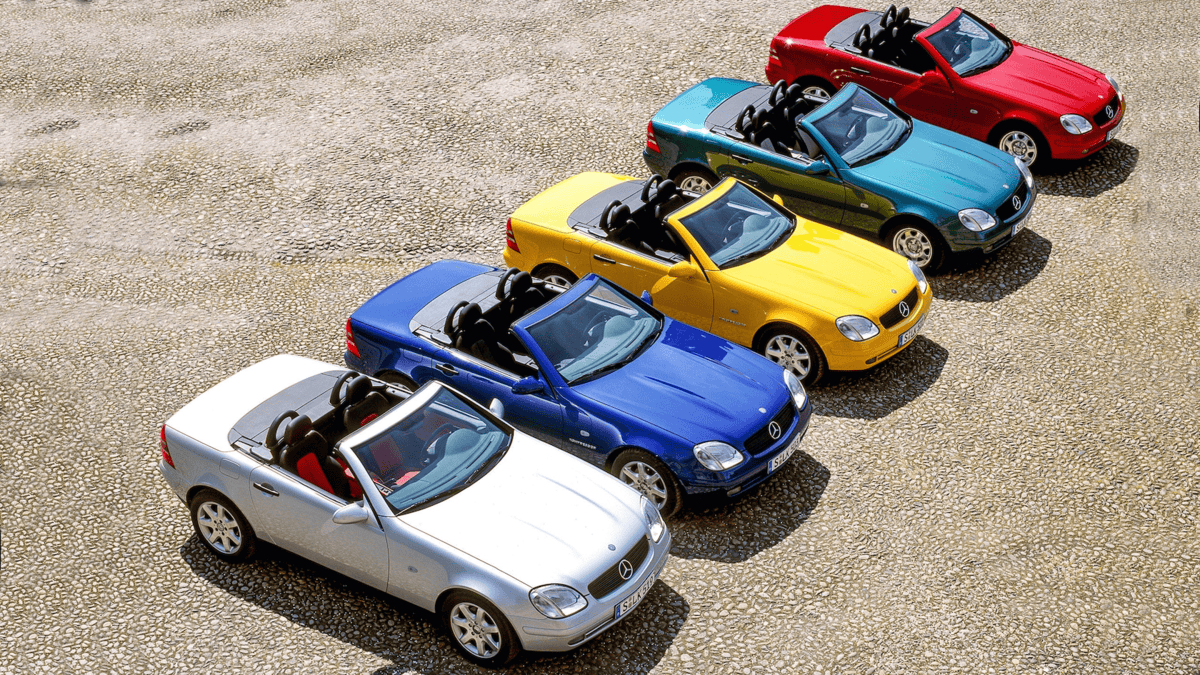
In the 1990s, Mercedes-Benz expanded its product lineup with models like the C-Class, E-Class, SLK roadster, and M-Class SUV, while also integrating AMG and launching successful commercial vehicles like the Sprinter. The brand advanced innovation with technologies such as ESP® and Distronic adaptive cruise control, complemented by major investments in global research and development facilities. The decade also marked increased internationalisation, highlighted by the 1998 merger with Chrysler Corporation to form DaimlerChrysler AG.
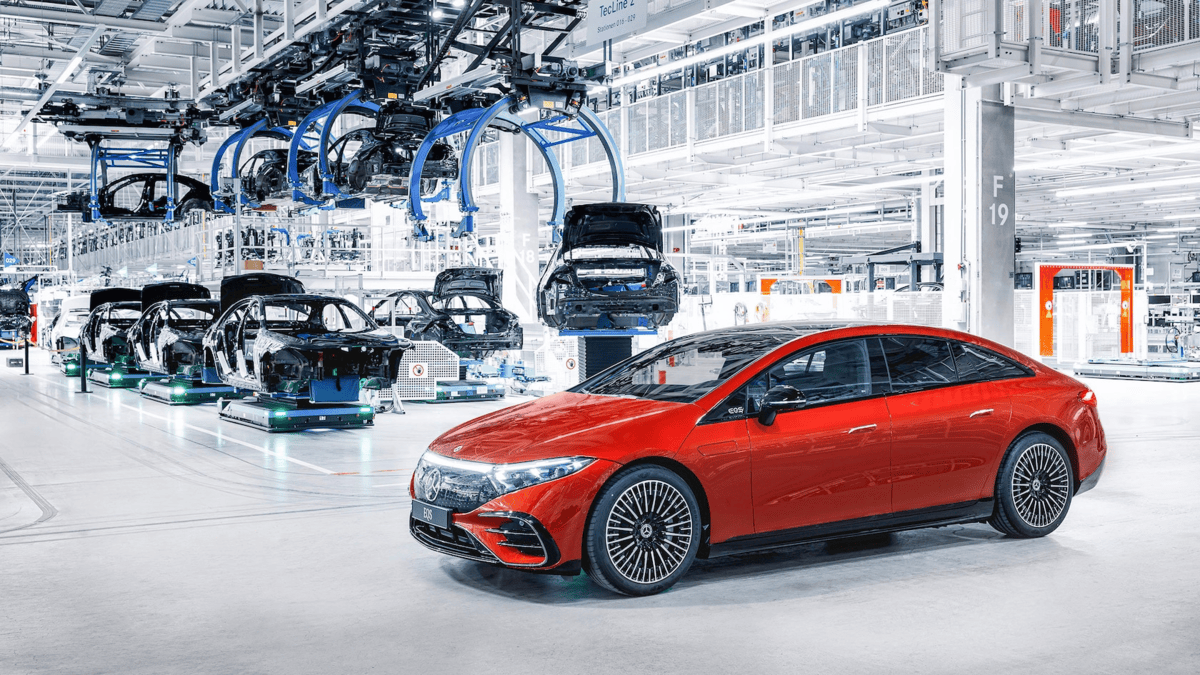
Since 2010, Daimler has driven economic recovery, expanded international research with facilities like its Bengaluru R&D center, and restructured into Mercedes-Benz Group AG and Daimler Truck AG in 2021. The company has made significant advancements in electric mobility, launching the EQC in 2019 and achieving milestones like the Vision EQXX’s 1,000 km journey on a single charge in 2022. Mercedes-Benz also celebrated engineering and motorsport success, from the introduction of the AMG GT and self-parking systems to dominating Formula 1 with seven drivers’ titles, including six by Lewis Hamilton.
Like this feature? See all vehicles with
Like this feature? See all vehicles with
Like this feature? See all vehicles with

